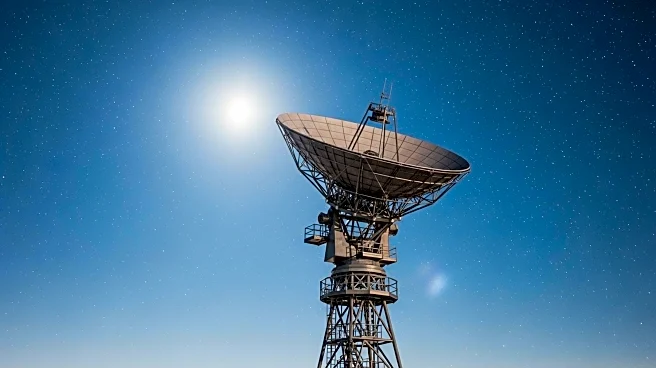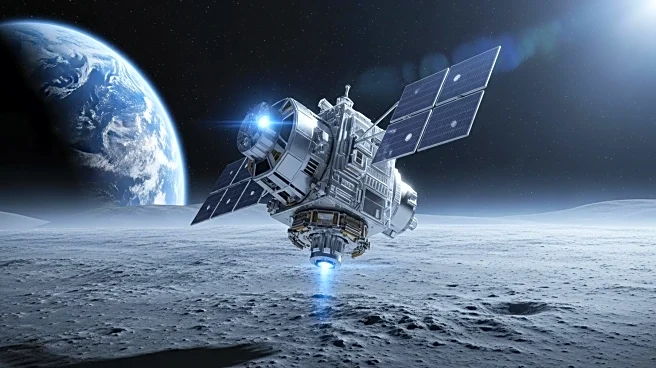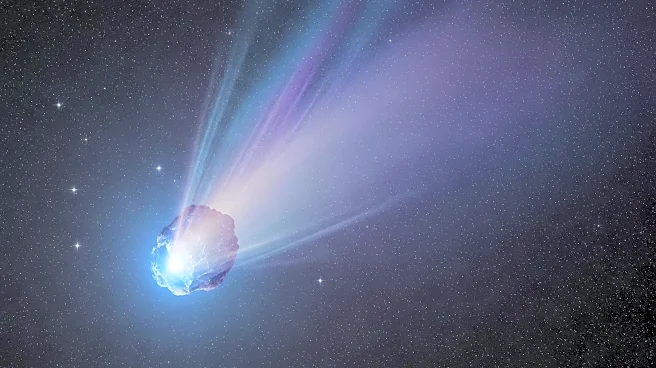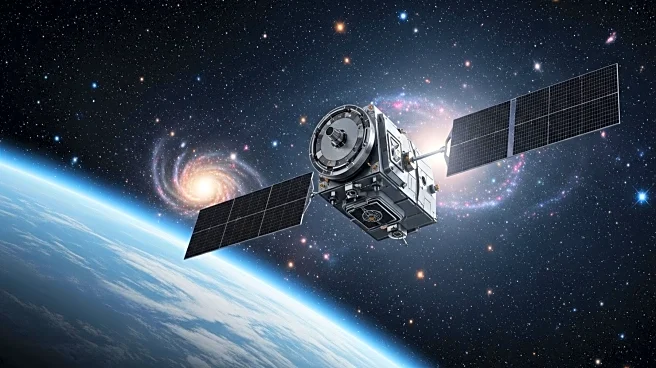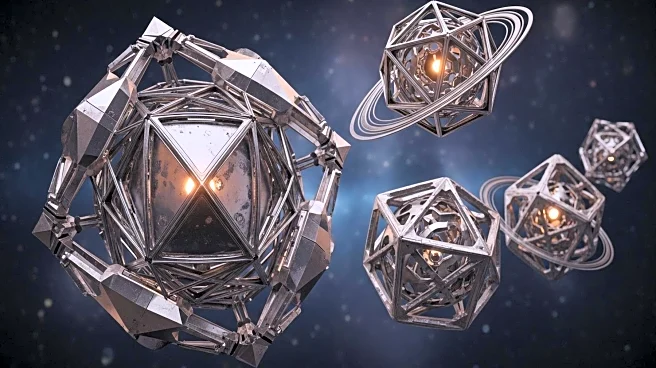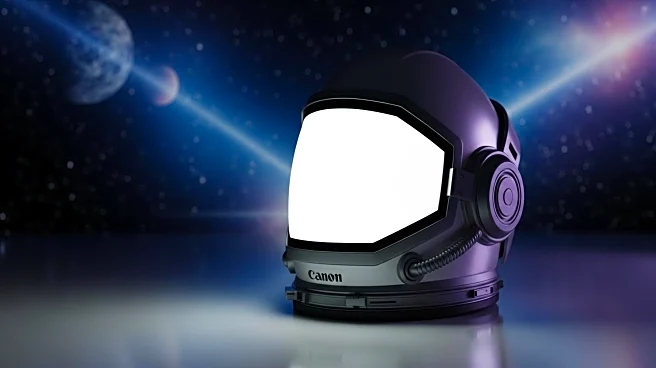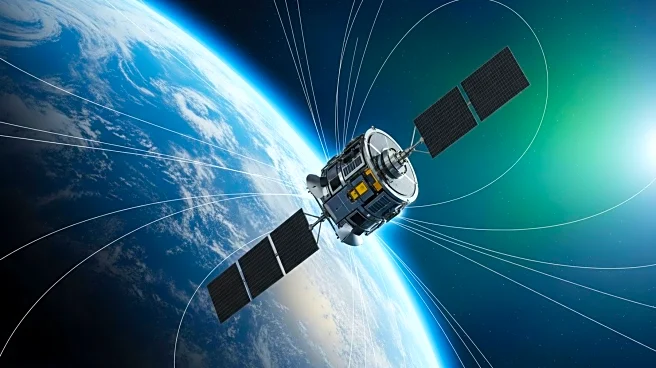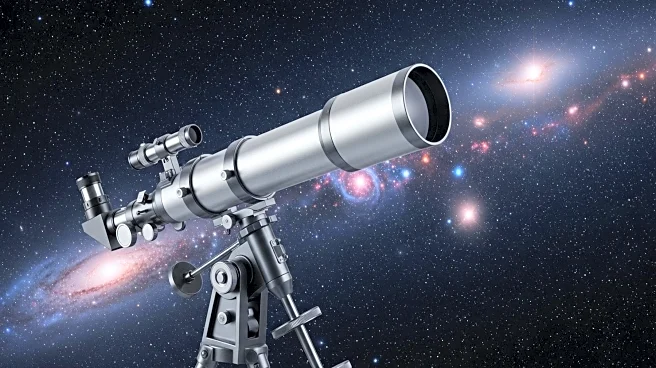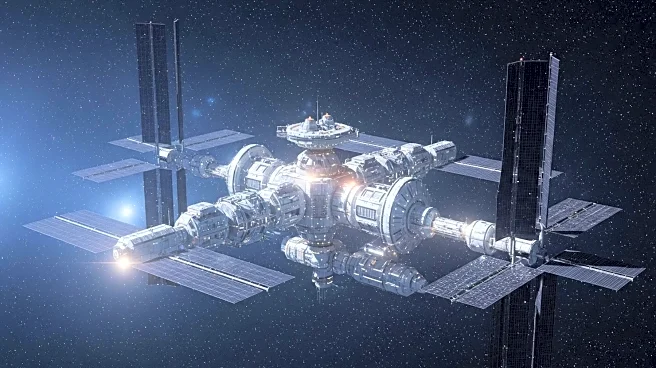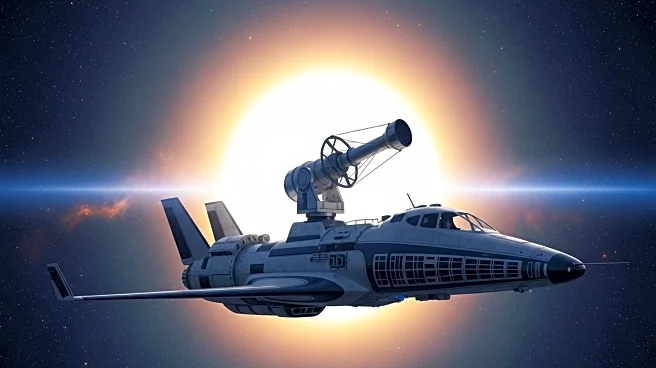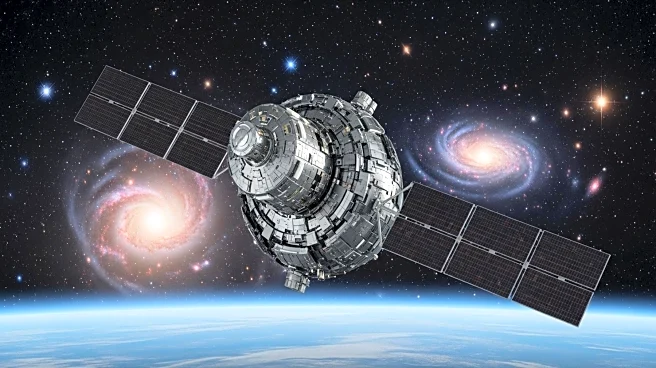What is the story about?
What's Happening?
The European Space Agency (ESA) has inaugurated a new deep space antenna in New Norcia, Western Australia, marking a significant enhancement in its space communication capabilities. The 35-meter antenna, known as New Norcia 3, is the second at the site and the fourth in ESA’s Estrack network globally. This development is part of a strategic investment to improve communication with spacecraft across the solar system. The antenna, which will begin operations in March, features advanced technology such as cryocooling to reduce noise and increase sensitivity. The project cost ESA 62.3 million euros, with the Australian government contributing 4 million Australian dollars. The site is managed by CSIRO, Australia’s national science agency, which also operates NASA’s Deep Space Network complex near Canberra.
Why It's Important?
The inauguration of the New Norcia 3 antenna is a critical step in strengthening the collaboration between Europe and Australia in space exploration. This facility will enhance ESA's ability to manage data from increasingly complex and data-intensive space missions. The investment is expected to generate significant economic benefits for Australia, with an estimated annual impact of $4.5 million over the antenna's 50-year lifespan. This development also positions Australia as a key player in global space communications, reinforcing its reputation as a trusted partner in international space exploration missions. The broader partnership between ESA and Australia is set to expand, with plans for a formal cooperative agreement that could allow Australian entities to participate in ESA programs.
What's Next?
Looking ahead, ESA is considering the construction of a fifth deep space antenna in South America to further meet the growing demand for space communications. Additionally, the Australian government has announced plans to negotiate a cooperative agreement with ESA, potentially granting Australia a status similar to Canada’s within the agency. This agreement would open new opportunities for Australian companies and organizations to engage in ESA programs, fostering deeper collaboration between the European and Australian space sectors.
AI Generated Content
Do you find this article useful?
